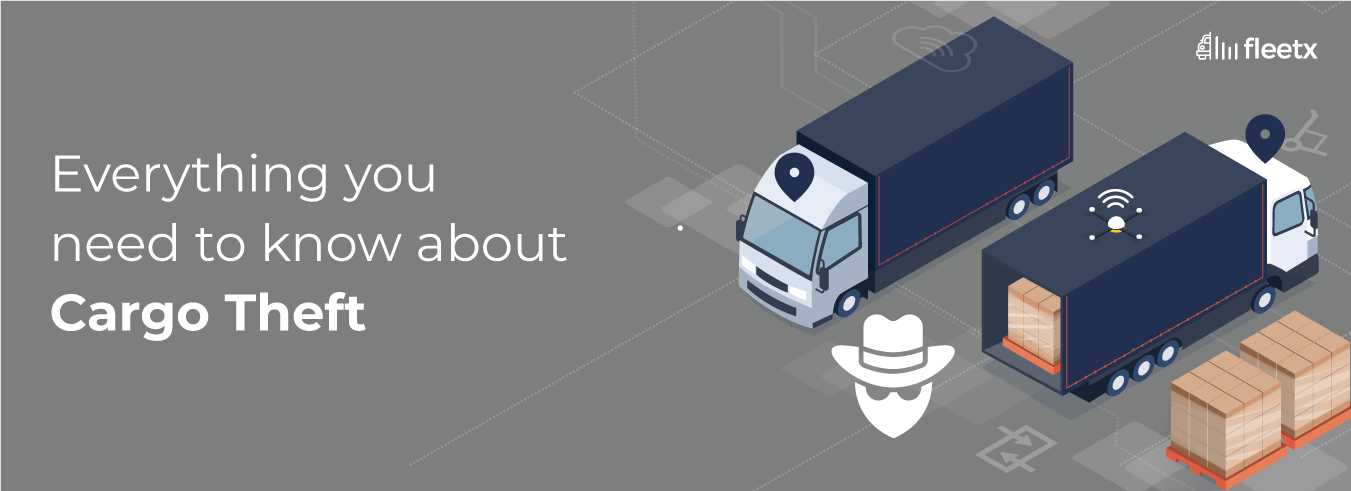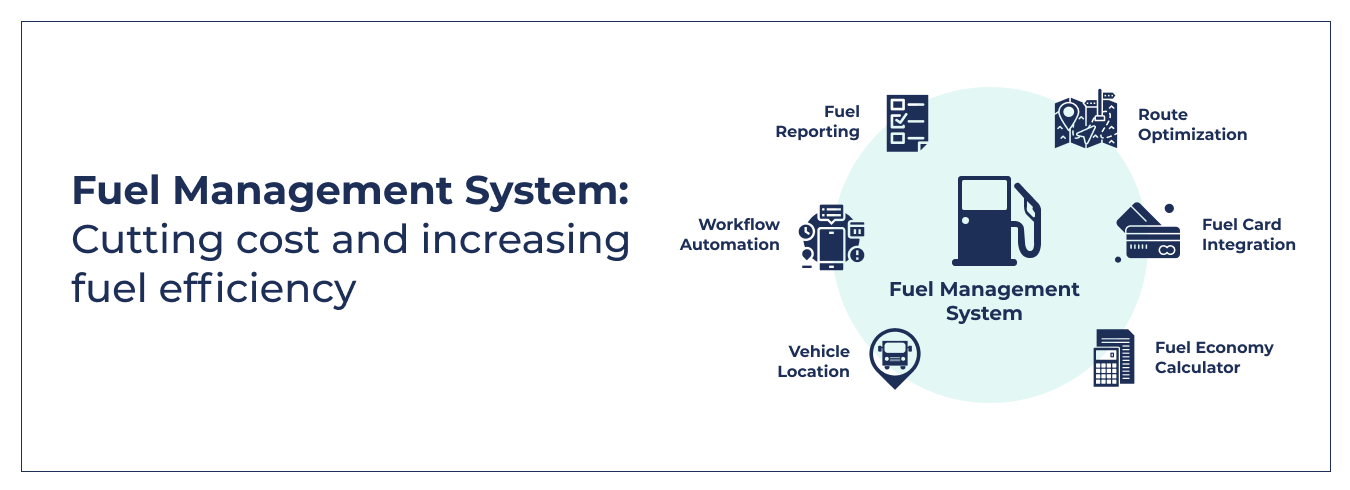
Cargo Theft continues to be a growing threat in the logistics industry. One of the major causes would be the unorganized nature of the industry in India. Additionally, the absence of proper labor laws in place and the plight of the Indian highway and roadway system seem to keep the logistics industry from functioning in a more organized fashion. Furthermore, the Covid 19 restrictions have burdened the industry workers.
In the summer of 2020, when in-transit workers were forced to abandon their cargo and move back to their hometowns, a lot of the abandoned cargo was reported stolen. The main problem was caused by the fact that the blame could not be placed on a single party since these were extraordinary circumstances. This, however, remains to be a case whether no active theft had taken place. The theft of abandoned cargo is a controversial matter and remains to be a moot point.
However, in 2020, in one specific incident near Hyderabad, mobile phones worth Rs. 2 crores were reported missing while in transit. The truck driver happened to notice the open container door soon after leaving a rest stop. To be exact, 2442 units of mobile phones had been successfully stolen.
Other cargo types, besides electronics, that pose to be at risk would be the theft of alcohol and tobacco. Considering the increase in cargo theft on roads, one can only be more careful and take precautionary measures to avoid such incidents.
In retrospect, the theft of those mobile phones worth Rs. 2 crores could have easily been prevented with a few simple, yet smart precautionary measures. With the evolution of technology, we can now use this to our advantage without having to spend a lot of money.
There are multiple ways in which cargo theft can be carried out. Below are the various types of cargo theft -
- Leakage Operations - When only a small portion of the entire shipment is stolen. In such cases, it is very hard to tell that some of the cargo is missing until it's already too late.
- Undercover Thieves - Cargo thieves will pose as legitimate drivers or associates with legitimate seeming paperwork and take over the cargo posing to be pick-up agents.
- Hijackings - Cargo theft groups can hijack cargo vehicles while in transit and hijack the vehicle, taking control of the cargo entirely. They can either take over the vehicle while the driver is away or simply force their way on to the vehicle and take control.
- Unregulated and coerced stops - In numerous cases, individuals distract the driver while their team members break into the cargo. They can distract the driver by making him believe that there is something wrong with the vehicle, forcing the driver to halt. This is when they take control of the vehicle.
- Grab and Run - Cargo thieves can track cargo vehicles and during breaks, they can break into the containers and take as much of the goods as they can.
- Robberies at Terminals - This method is more bold than the others. Cargo theft groups can force their way on to storage facilities or terminals and hijack more than one vehicle. This method usually involves the use of violence.
- Involvement of the employees - Drivers can be bribed to falsely notify the theft in exchange for some cash. In other cases, groups of people can also infiltrate the supply chain and falsify data such as contact details, addresses, etc., making it easier for their counterparts to carry out the actual theft.
- Online Compromisations - Since a lot of the logging has now switched to online portals, thieves can also hack into software and change data. Apart from changing contact details and addresses, they can also change the value and quantity of the goods making it almost impossible for anyone to figure out that some of the cargo might actually be compromised.
Cargo theft has been on a constant rise. However, this isn't true for all cargo categories. Considering the unorganized nature of this industry in India, it is not easy to collect data. However, the BSI and TT Club had recently put together a report on global cargo theft. According to the report, cargo theft via road was the most common mode of transit attacked. Road theft accounted for 60% of the total global cargo theft. These were usually carried out when the cargo was left unattended in unsecured parking lots or at rest stops. South America reported the highest value of goods stolen capping at $100,000. Asian cargo theft was still valued at less than $20,000 in a year.
In Asia, India and China contributed most to cargo theft. Like previously mentioned, due to the unorganized nature of the Indian logistics system, it is still not a complete overview of the theft. There might be numerous cases which have gone by unnoticed too, mostly due to corruption in the system and/other other reasons. In India specifically, northern India reported the most number of cases. The state of Uttar Pradesh alone accounts for 25% of the theft reported in India.
Many fleet owners have now started investing in better anti-theft technology for their vehicles. At Fleetx, we take the safety of your cargo very seriously. Below are some of the anti-theft features that we provide to our clients as anti-theft solutions -
One can not stress enough on the importance of safety of the cargo while in transit. Given the unorganized nature of Indian roadways, it is only advisable to take all necessary precautions to avoid any mishaps. This is for the integrity of the cargo as well as the safety of the drivers. It is always wise to be cautious rather than incur losses later.
Following are ways you can avoid cargo theft -
1.Supply Chain Risk Analysis
The key to protecting any business is analysing the various threats and risks beforehand and taking precautionary measures. There are multiple supply chain management tools that can help individual businesses in identifying these threats. Cargo theft is at an all-time high. With sophisticated and complex supply chain systems, crime has also evolved and cargo thieves have started resorting to various measures. Investing in precautionary measures turns out to be more financially safe than suffering losses later.
2. Physical Access Control
Various types of infrastructure systems like doors, walls, fences are categorized as physical access control Furthermore, security systems like electronic locks, alarm systems, security surveillance like CCTVs, security personnel also come under the same category. In defending a supply chain, physical security is usually the first line of defense.
This is why securing physical safety and investing in physical security methods like using keys, access cards, container locks, high quality fencing, and securing areas for warehousing are literally the most effective ways of preventing cargo theft.
There are two devices to help overall probability of cargo theft.
a. E-locks
Electronic locks or e-locks are basically used to maintain the integrity of a storage space. These are very popular among logistic companies. Rudimentary locks are just like electronic safes that are password protected and can be accessed using a keypad.
These same electronic locks or e-locks have been further modernized and now can be accessed remotely using a specific app.
In cases of tampering, the elock will mostly shut down and not be accessible unless a trained professional or authority with the right softwares and tools can access it again.
b. E Seals
E-seals are basically new-age sealing devices which contain an RFID chip inside it. The e-seal can then be scanned using specific reading devices. These RFID tags inside the seals are basically electronically stored information regarding the cargo and its contents.
The readers are connected to the Data Retrieval System of the Vendor. These RFID tags are also required to keep with the ISO standards.
The reason this seal is effective is because it can not be tampered with. It is a one-time seal bolt, which means it can only be closed, opened, used just once. Each of these seals has a unique serial number attached to it which can be scanned to maintain the integrity of the seal.
3. Protecting goods while in transit
Cargo is most vulnerable when it is in transit. The level of security offered in warehouses or storage distribution fasciitis is hard to match up to while on the road/rail/air. Companies do not have control of conditions on the road, and once the cargo has been handed over to the logistics company, they have limited control over tracking their cargo.
Some of the best ways to protect your cargo from theft, tampering or pilferage would be
- to continuously use locks or other effective control measures
- Only use secure parking, storage, loading areas and transit routes
- Continue check on the cargo for break-ins or tampering
4. Cybersecurity for supply chain cargo transit
Technology has become an integral part of the supply chain. From daily operations, to routes, paperwork and contact details, almost all information is now online. Sophisticated security measures have also given rise to sophisticated crime. Criminals are now able to hack into insecure portals. This gives criminals access to sensitive information regarding cargo shipments. Moreover, they can also manipulate or change information on the portals, making it seem legitimate. Information such as routes, contacts details and fraud warehouse drop or pickup points can be forged. Cargo theft using fictitious pickup details has come to be very popular in the logistics industry and such cases where thieves have literally driven off with cargo have become common. It is often too late by the time the legitimate authorities realise that the theft has occurred. So, extensive cyber security measures are now proving to be crucial.
4. Using Blockchain to Secure Cargo Shipments
Blockchain is a shared decentralized database which allows multiple players to change and update information. Unlike conventional online portals, since this network is accessed by recognized personnel, each piece of data can be linked back to specific individuals. When such a shared system of record keeping is put in place, it can also be used to verify and crosscheck data through an unbroken chain of transaction blocks that can be easily verified. Hence, blockchain is actually a very good approach to protecting cargo related information.
6. Warehouse or Yard Security Measures for Cargo
Warehouses and cargo distribution centers are the most secure places for cargo to be stored. However, even such secure facilities can be threatened from time to time. Usually, theft at secure locations requires inside help. This could basically mean that employees or workers are involved in the theft. This is not surprising since employee theft is one of the biggest causes of discrepancies in inventory checks. Another thing to note is that it is usually the work of multiple players, like employees in charge of loading, drivers, etc. It is mostly a group effort by various parties involved in the storage of cargo. It would be advisable to do a complete background check on all employees and have data on all employees in such unfortunate events.
7. Securing Shipping Containers and Trailers for Cargo
Cargo is usually transported using shipping containers as it poses a more convenient method while changing hands or modes of transport. Keeping aside conventional locking systems, the most effective ways are -
GPS Container Tracking
GPS tracking systems for cargo have become very popular. These are basically devices fit in the cargo which transmit live geo-locations to a remotely accessed network. GPS trackers have proved to be helpful in scenarios where cargo thieves have stolen cargo vehicles with the entire truckload.
Smart Containers
Smart containers are the complete package. GPS tracking is one of the most basic features offered. These containers are capable of detecting anomalies or changes in temperature and pressure of the container. In cases where thieves drill holes in the side of the container or try tampering with the locks, the smart system can detect it all and inform the authorities. They can even be equipped with loud alarms in such cases to throw thieves off.
Container Material and locks
Depending on the usage of the container, the materials used can vary from heavy-duty metals to plastics and even paper. Some containers are meant to prevent tampering and some are meant to delay theft. Additionally, the type of damage to shipping containers can indicate whether the shipment was tampered with by unauthorized personnel. The two most primary seals are -
Electronic Seals
These are used for high value goods or delicate shipments such as chemicals or pharmaceutical products. These are a lot like smart containers, except these come equipped with an information logging feature. The information contained is usually things vital to the cargo, temperature, time, conditions, etc. These are often fitted with RFID tags or NFC wireless technology that help in protecting the integrity of the cargo, as mentioned above.
Mechanical seals
- Indicative seals — seals that are easy to break through. They are basically used to indicate tampering and not prevention so much. Some such materials include conch seals, pull-up seals, label seals, or tape seals.
- High security seals — materials like metal or metal cable.
- Padlock seals — either heavy-duty metal or light plastic padlocks, most of the conventional seals
- Cable or wire seals — these are mostly made of cable (metal or plastic) and fitted with a basic locking mechanism.
- Bolt seal — primarily a heavy metal rod that’s secured in place with a separate locking mechanism.
- Barrier seals — basic barrier mechanisms that can be reused. They are simple locking rods on the inside of the container doors.
- Strap seal — Wire seals made of either metal or plastic
- Twist seal — these are primary metal steel rods or heavy-duty wire that loops around the container or the locking mechanism
Complying with International Supply Chain Certifications
Global supply chains are a complex system which also means that there are now more threat points and risk factors. Complying with international supply chain certifications help independent business owners stay up to date with such threats and ways to combat them. Below are some international certifications that one could look into -
- World Customs Organization
- Container Security Initiative
- Customs-Trade Partnership Against Terrorism (C-TPAT)
- Fast and Secure Trade (FAST)
- Container Security Initiative (CSI)
- Emergency Planning and Community Right to Know Act (EPCRA)
- International Maritime Organization
- Partners in Protection (PIP)
- Authorized Economic Operator (AEO)
- ISO 17712 - Container Security Seal specifications
- ISO 28000 - Security Management Systems for the Supply Chain
- ISO 27001 - Supply Chain Cyber Security Management Systems
What is cargo theft?
Cargo theft is the unlawful taking of any shipment, as goods move through the global supply chain . Theft gangs are exposing the goods in transit between their point of origin and their destination to exploitation. For producers, suppliers, terminal operators, third-party logistics service providers, and logistics & transportation service providers, this poses a distinctive and challenging problem.
How to prevent cargo theft?
There are 5 ways you can prevent cargo theft:
- Get to know your providers, carriers and intermediaries.
- Have law enforcement rule and budget
- Go through the route , transit times , detention and halt time thoroughly
- Have digital locks( E-Locks)
- Use the right technology





